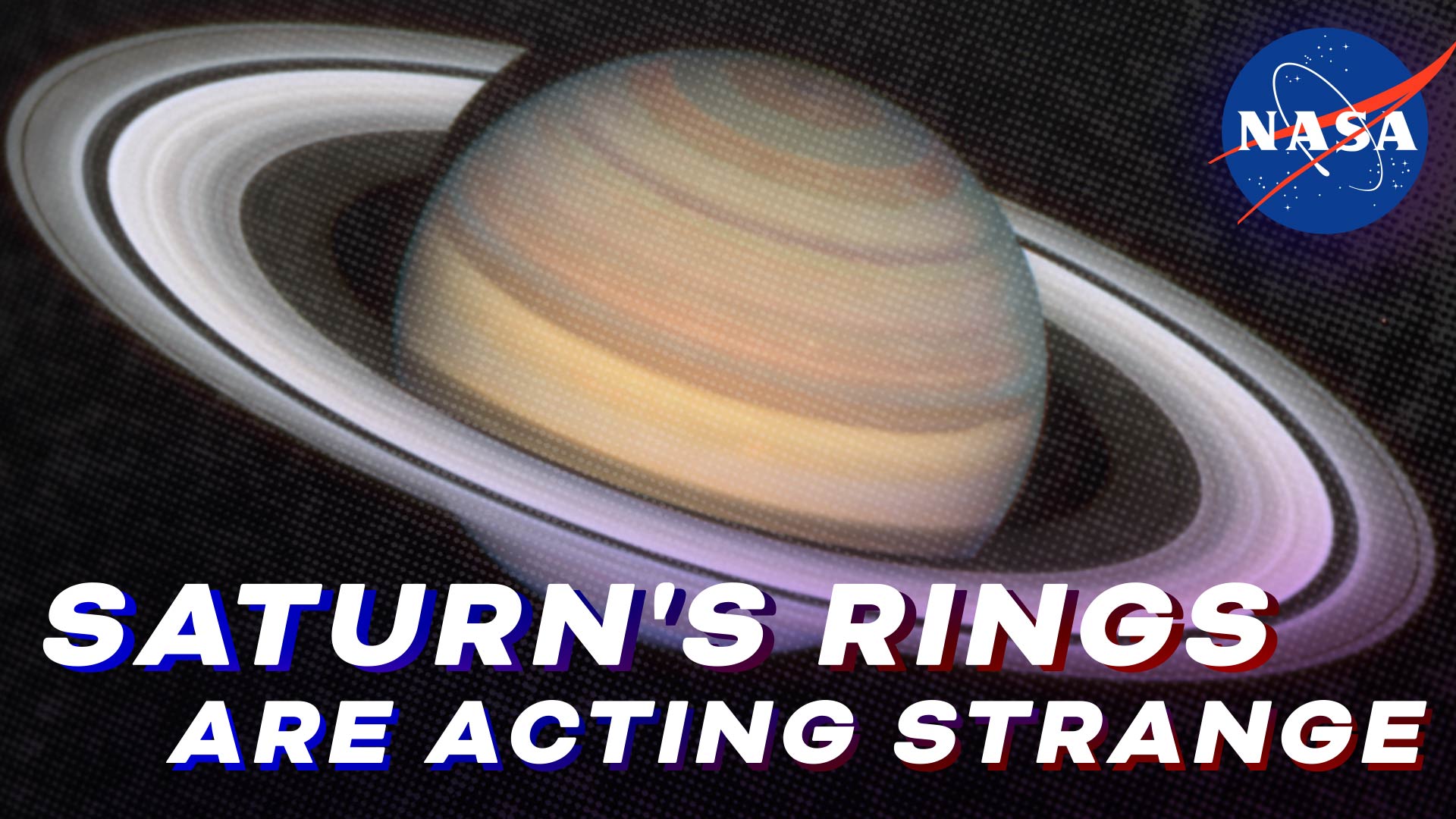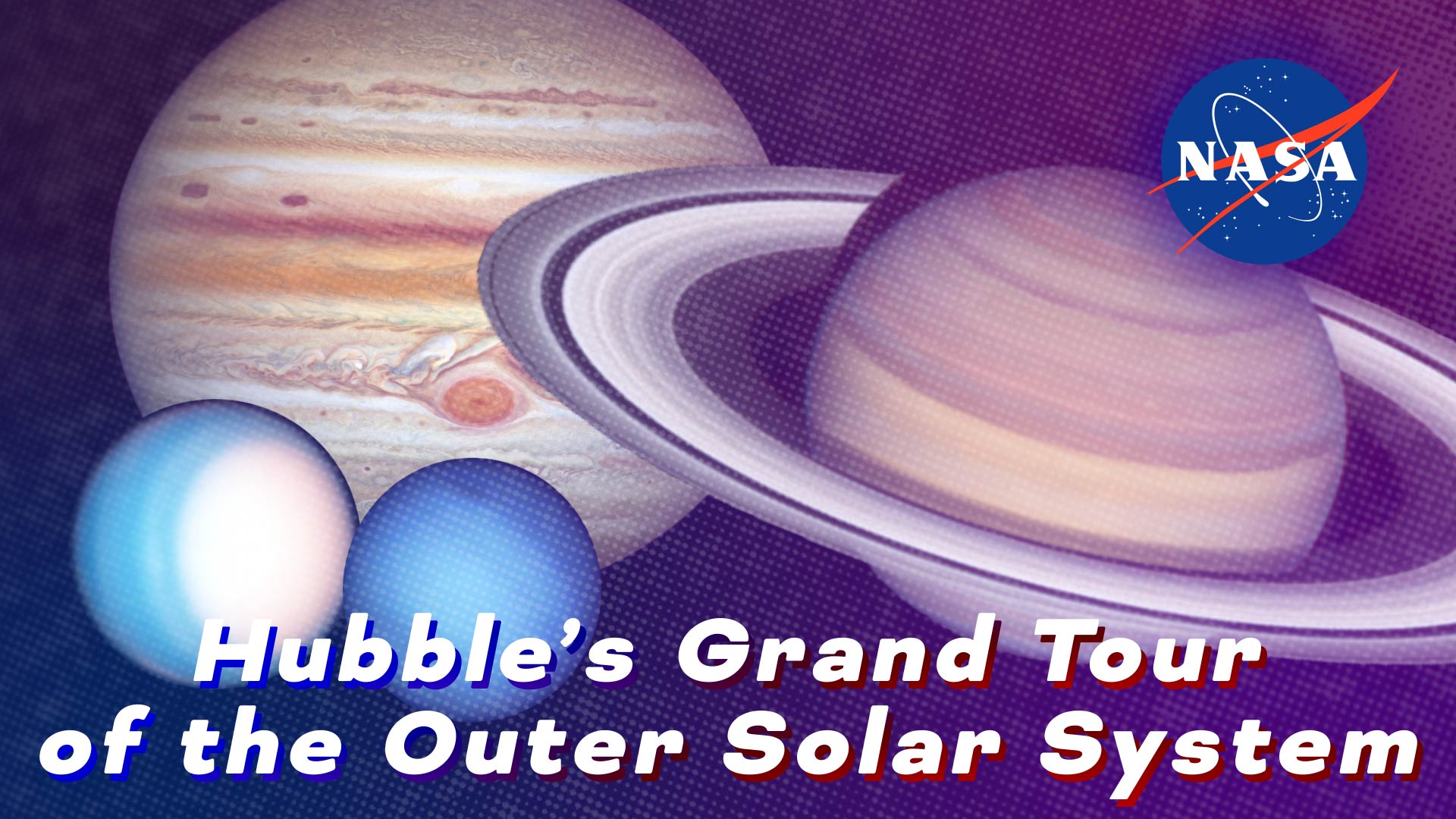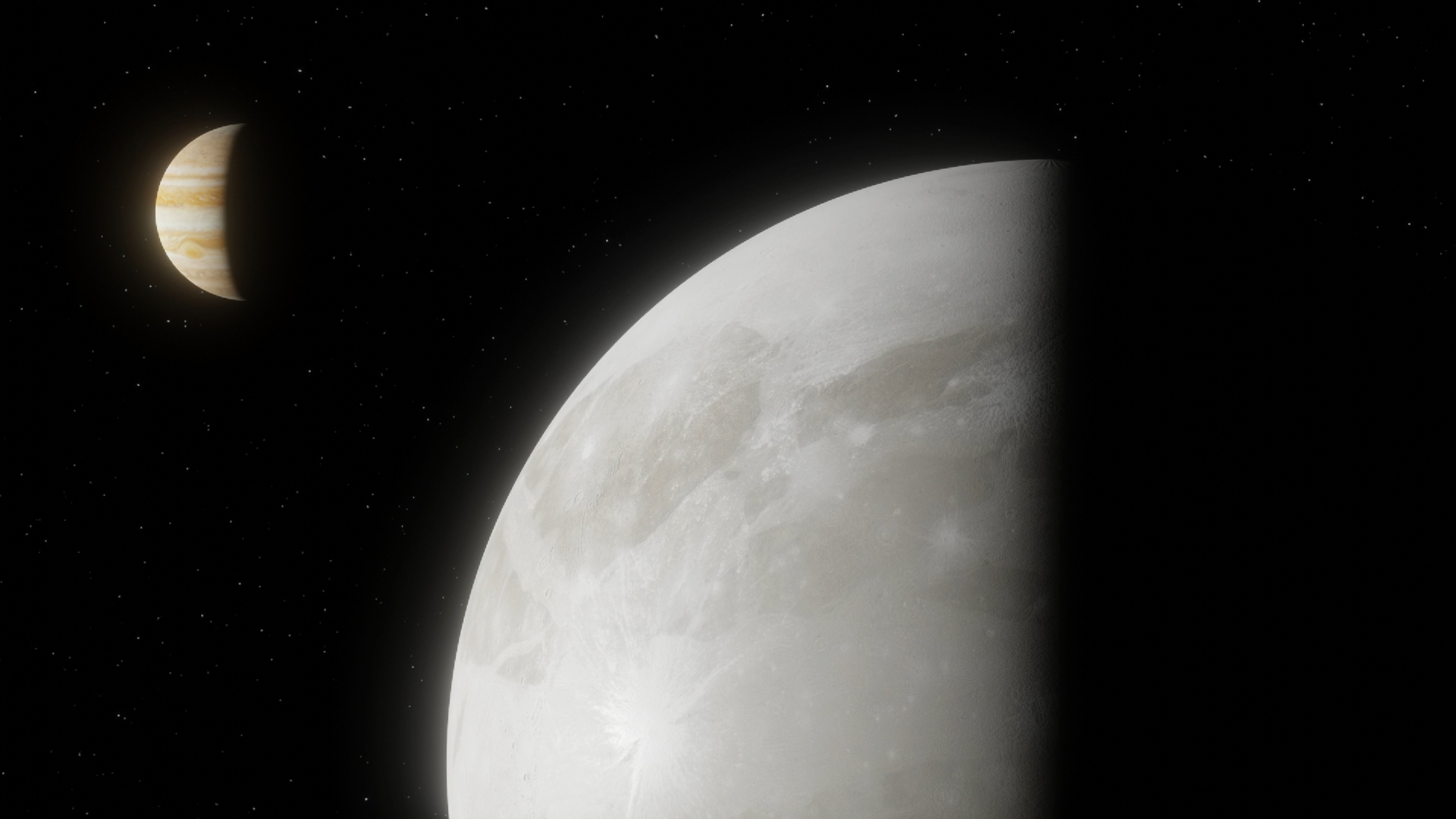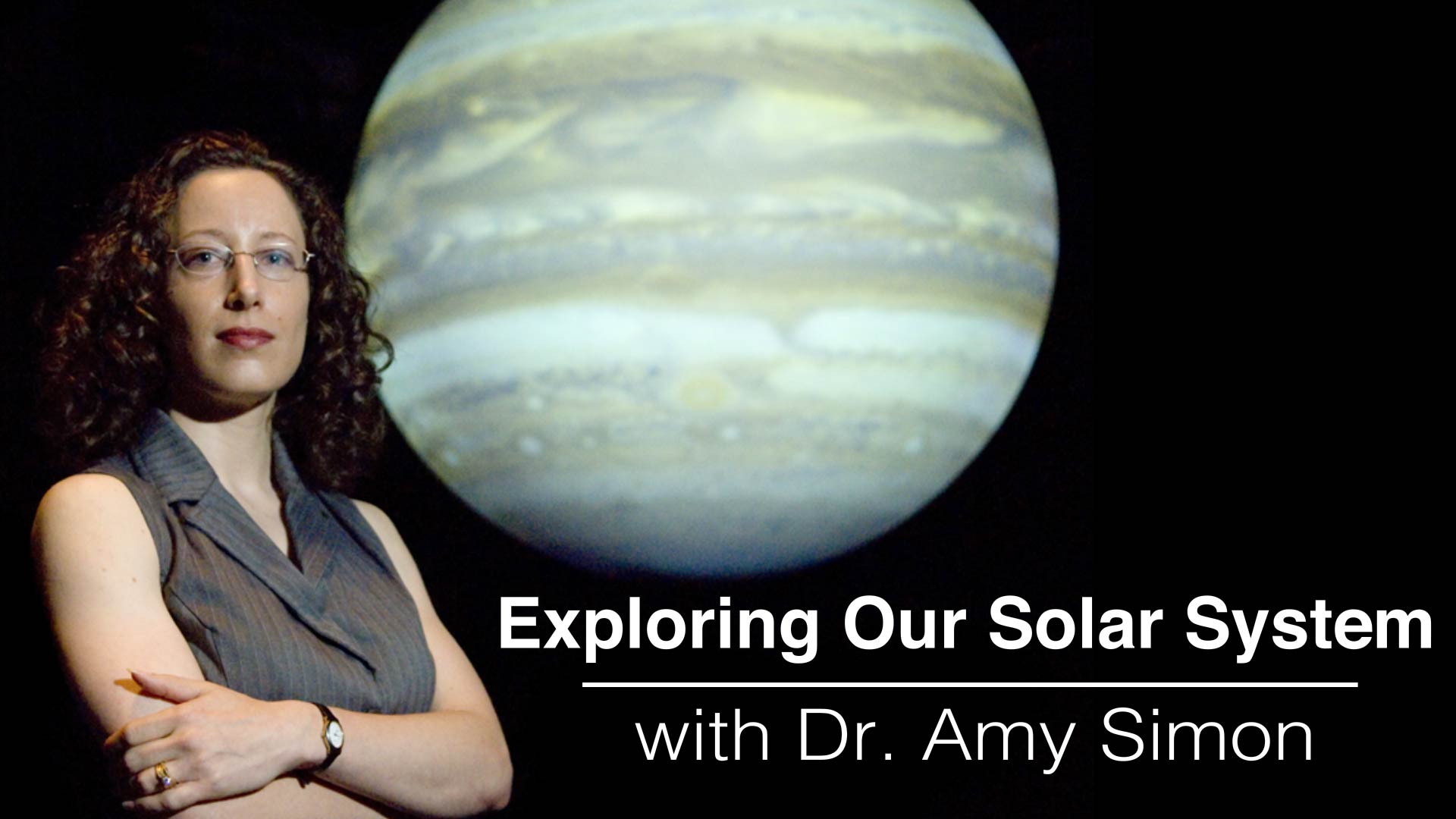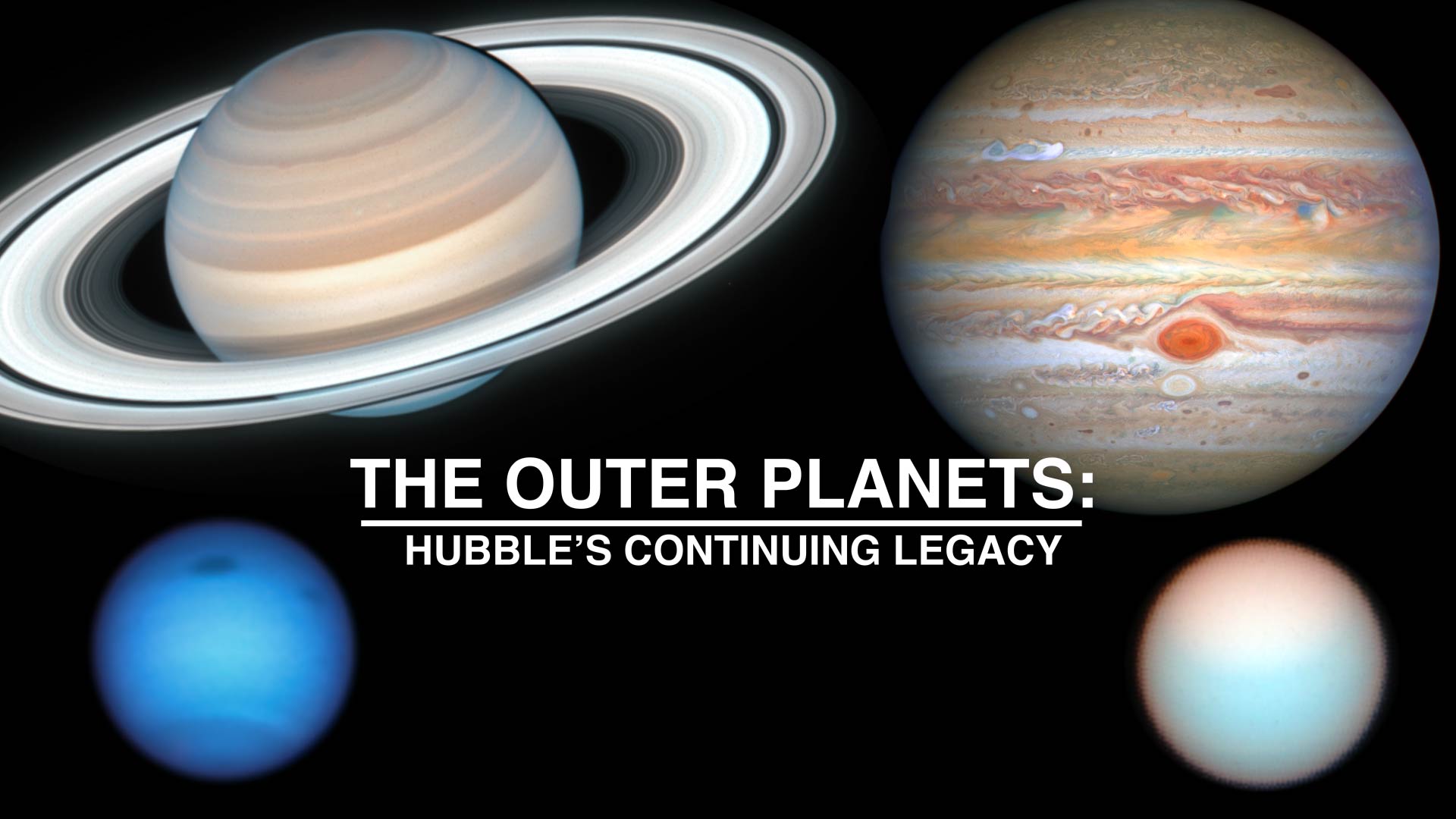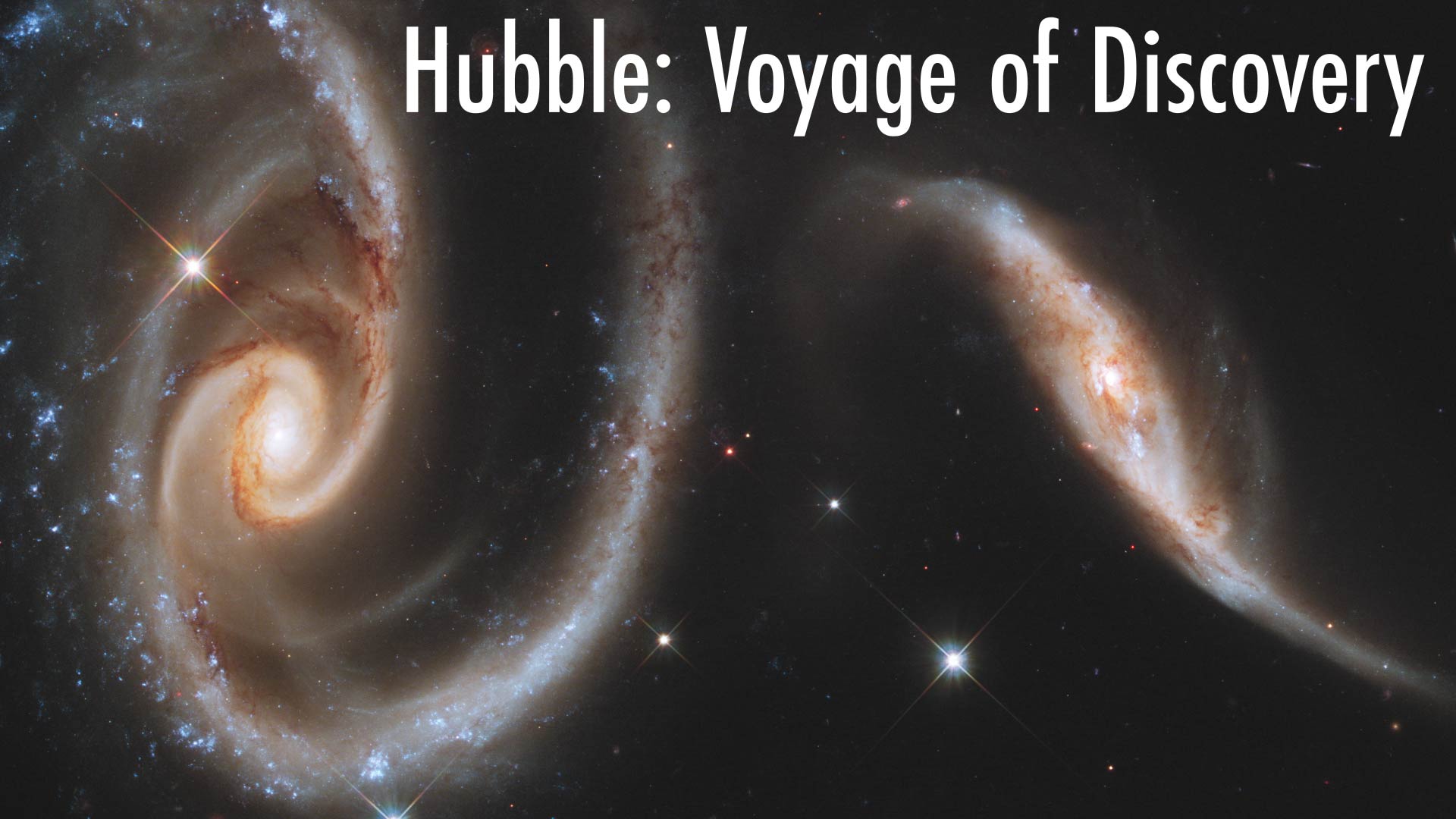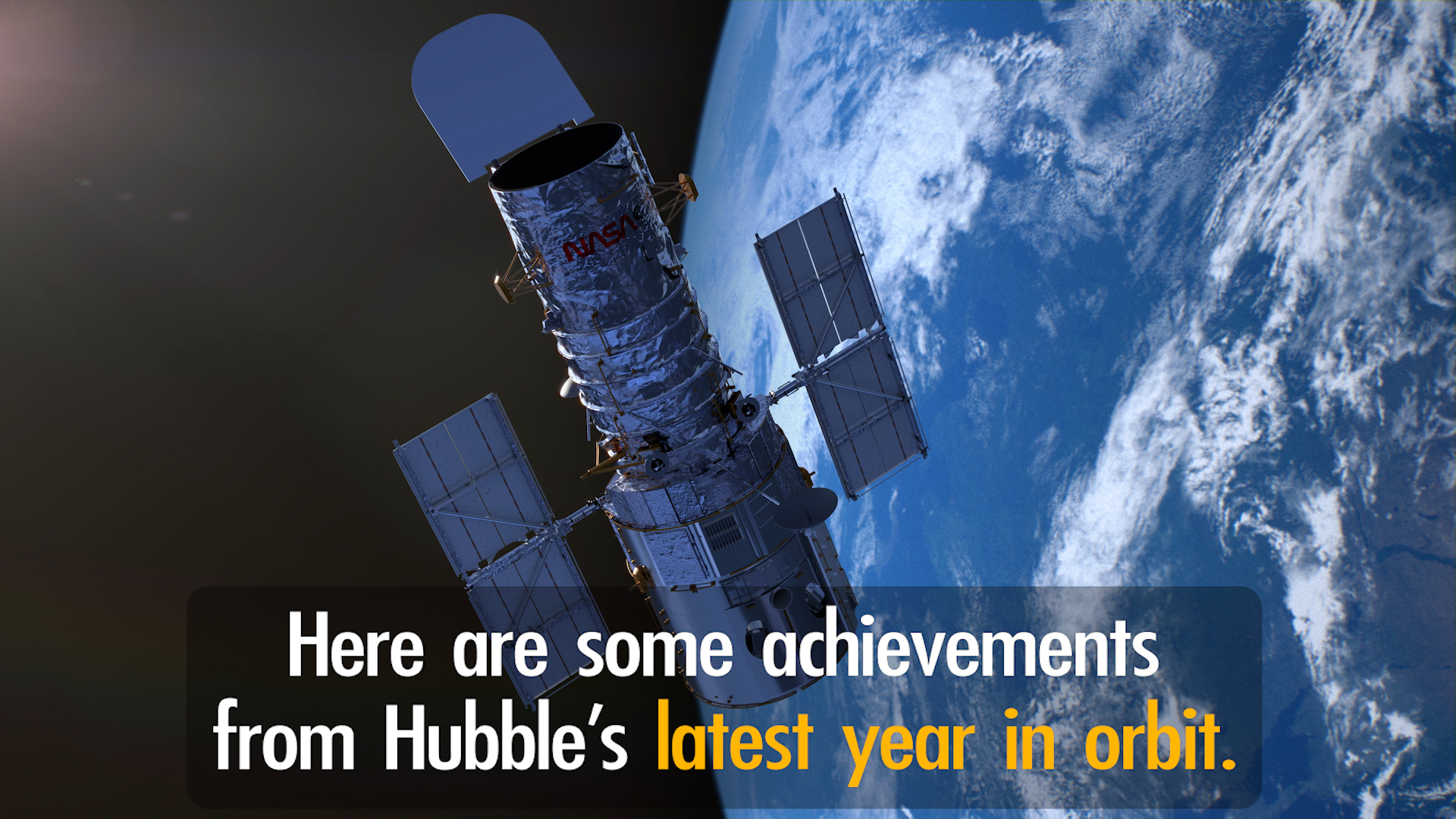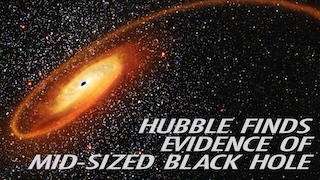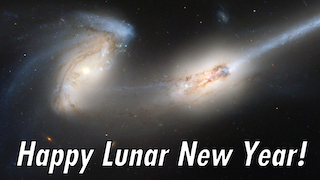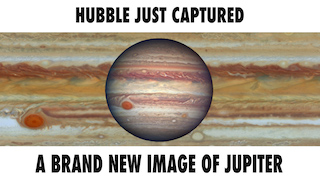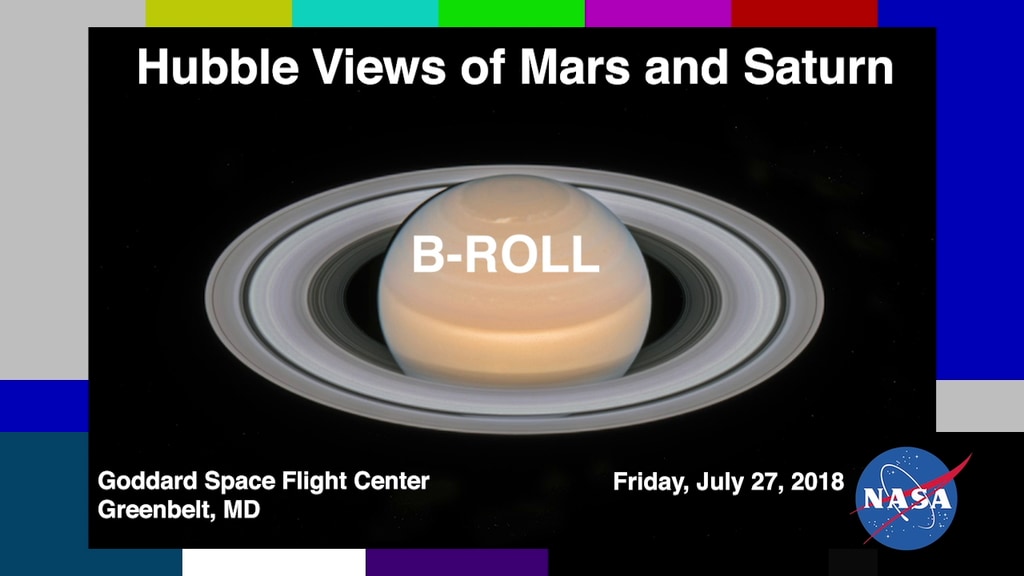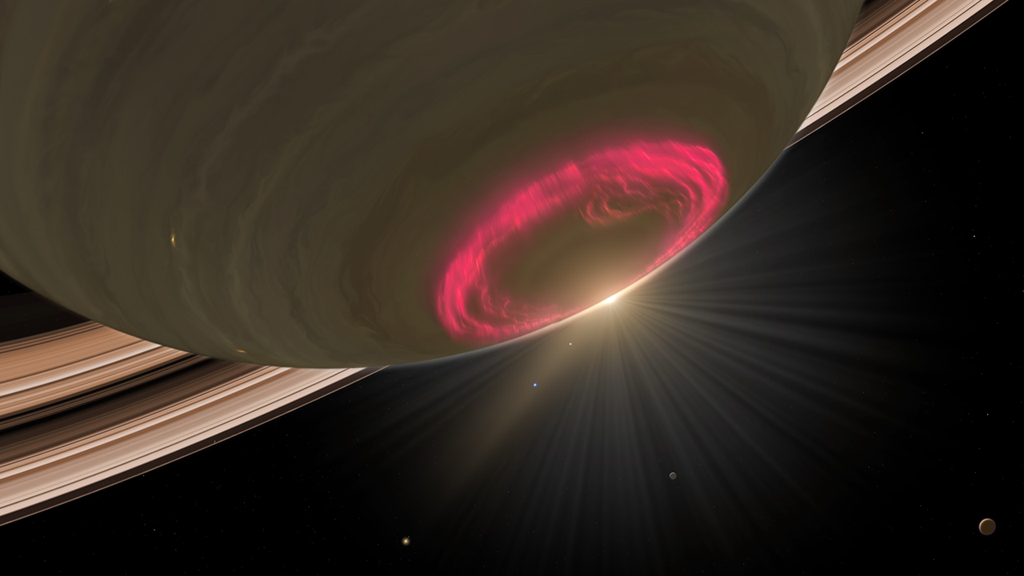Hubble’s Brand New Image of Saturn
This new Hubble Space Telescope view of Saturn, taken in late June of 2019, reveals the giant planet's iconic rings. Saturn’s amber colors come from summer smog-like hazes, produced in photochemical reactions driven by solar ultraviolet radiation. Below the haze lie clouds of ammonia ice crystals, as well as deeper, unseen lower-level clouds of ammonium hydrosulfide and water.
The planet’s banded structure is caused by winds and clouds at different altitudes. Hubble’s Wide Field Camera 3 observed Saturn on June 20, 2019, as the planet made its closest approach to Earth, at about 845 million miles away.
For more information, visit https://nasa.gov/hubble.
Credit: NASA's Goddard Space Flight Center
Paul R. Morris (USRA): Lead Producer
Music credits: "Momentum" by Guillaume Bernard [SACEM]; Killer Tracks Production Music
Master version
Horizontal version. This is for use on any YouTube or non-YouTube platform where you want to display the video horizontally.
Square version
This is a square 1:1 version of the video designed for Facebook or any other platform where you want to display a full-length square version of the video.
Vertical version
This vertical version of the episode is for IGTV or Snapchat. The IGTV episode can be pulled into Instagram Stories and the regular Instagram feed.
Credits
Please give credit for this item to:
NASA's Goddard Space Flight Center
-
Producer
- Paul R. Morris (USRA)
-
Technical support
- Aaron E. Lepsch (ADNET Systems, Inc.)
Missions
This page is related to the following missions:Release date
This page was originally published on Thursday, September 12, 2019.
This page was last updated on Wednesday, May 3, 2023 at 1:45 PM EDT.
